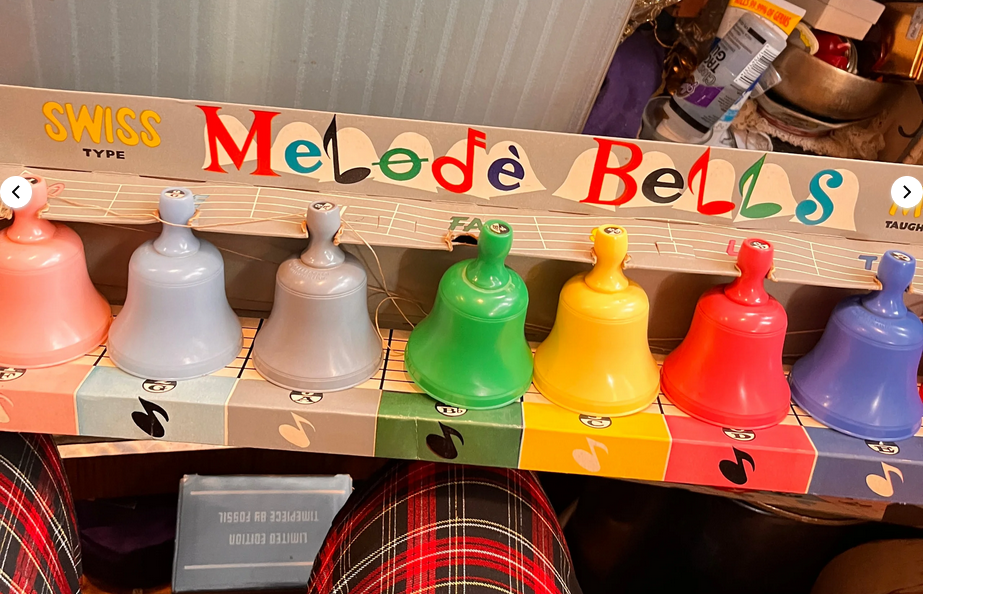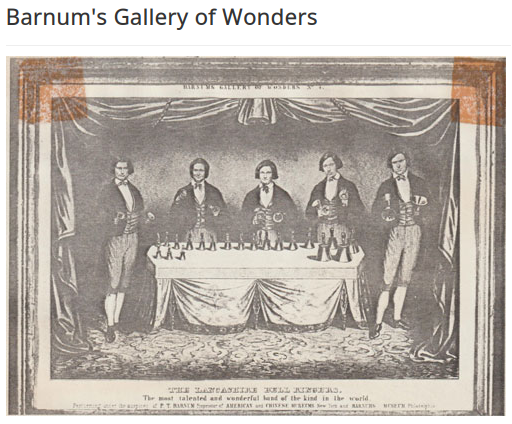Knickerbocker Melode Bells

SOLD! View More Bells Here
The first handbells were simple gourds or shells which were struck with a stick of wood. Eventually they were crafted from clay, wood and stone. Small metal bells can be traced back to 3000 BC, and larger bells were present in China before the birth of Christ. Bells sewn to the garments of priests are evidenced in readings from the Old Testament. Bells have been part of the Christian liturgy for over 1500 years.
By the mid-6th century, monks were casting bells. Bells became so popular that, by the 7th century, bells rang throughout Italy. In the 8th century, the first set of ‘tuned’ bells was erected in Croryland Abbey, England. By the 10th century, there were bell towers throughout England. These bells were casted more finely tuned.
Bells, were believed to carry mystical powers and to bestow a town with honor. If a town was conquered, the conquerors would take the bells with them – indicating not only that the town was powerless but also that its liberty had been forfeited.
Tuning the bells led to handbells being developed in the 17th century in England. The musical potential of handbells were realized and became a favorite in nearly every village.
In the 1830′s, the Peake Family Ringers introduced English handbells to America. In the 1840′s a group of Swiss bell ringers toured America. P.T. Barnum sponsored “The Swiss Bell Ringers.” Barnum had them grow long mustaches, dress in Swiss mountain clothes, and forbade them to speak a word, lest their secret be discovered!
The Swiss Bell Ringers sponsored by P.T. Barnum – Source: The Barnum Museum
Enjoy this performance of handbell music by the Presbyterian Church of Morris Plains Walsh Memorial Bell Choir.

Leave a Reply